Elves, Part One: The Origins of Elves in Norse Mythology
Elves are first and foremost beings of Germanic/Norse mythology, which were later (much later) incorporated into English/Irish myths after the Viking culture had been established in the British Isles for some time.
In Norse mythology, the universe is divided into 3 levels. On the first/top level, is Asgard, the realm of the Aesir (warrior gods). Here is also found Valhalla, the huge hall that houses the Einherjar (the dead warriors await Ragnarok). Also on this level is Vanaheim, where all the Vanir (fertility gods) lived until they eventually united with Aesir. And finally, here is also Alfheim, the land of the light elves.
On the second level is Midgard, the middle world inhabited by men. On this level is also Jotunheim, which lay either within Midgard or across the ocean (depending on the source) and was the home of the Giants. North of Midgard were the Dvergar (dwarfs), who lived in Nidavellir. And below the ground was Svartalfheim, the land of the dark elves. There is some debate on the differences (if there are any) between dwarfs and the dark elves, and some argue that they are, in fact, essentially the same thing.
One of the best resources for Norse mythology is Teutonic Mythology by Jacob Grimm. Of course, Jacob Grimm is best known now for the fairy tales and folklore that he and his brother Wilhelm collected, but Jacob Grimm was best known in his own time as an expert in Germanic linguistics and mythology. In his study, Grimm only devotes a few paragraphs to elves. They were mentioned often in Norse and Germanic mythology, but rarely beyond some name-dropping, so there is very little detail to go on. In any case, Grimm offers the following information:
The Poetic Edda (one of the great Old Norse texts) often couples the Aesir (gods) and the Alfar (elves) together as if they were equal (or nearly so) higher beings. Likewise, in the Hrafnagaldr (an Icelandic poem similar in style to the Poetic Edda) opens with the words: “Alfodr orkar, alfar skilja, vanir vita” which means roughly “All-father (which is probably a refernce to Odin, leader of the Aesir) has power, Alfar (elves) have skill, Vanir have knowledge.” This would indicate that the elves, while perhaps not the same as the Aesir, were divine in nature and were possibly respected for their skill (though stkill in what, precisely, is unknown).
In The Lay of Alvis, a narrator relates all the different names given to heavenly bodies, elements, and plants by various languages, and in so doing mentions the Aesir, alfar, Vanir, and as well as menn (men), iotnar (also called jotun, or giants), dvergar (dwarfs), and denizens of hel (the underworld).
What Grimm points out as important here is that the alfar are very clearly differentiated from the dvergar, as well as from the Aesir and Vanir, making them distinctly their own race of beings and not merely an off-shoot of one or the other as has sometimes been argued.
Grimm, however, also makes note of the fact that several dwarfs are given elf-names such as Alfr and Vindalfr, and that likewise several human heroes and kings of Icelandic folklore have been given titles such as Visi Alfa (“ruler of elves”) and alfa liodi (“one among the elves”). All this indicates to Grimm that, at the very least, there existed some kind of kinship between elves, dwarfs, and men.
A variety of Norse myths and folklore also tell us that elves closely resembled humans and the two races were capable of cross-breeding, but that the elves were more beautiful than any human could hope to be. The elves were also said to be semi-divine, and were often associated with fertility and nature spirits. Some stories also claimed that elves were bound by physical limitations and could pass through walls and doors like ghosts.
For those who are wondering, yes, these Norse elves are the basis for the elves brought to life by J.R.R. Tolkien in The Hobbit, The Lord of the Rings, The Sillmarillion, and the various other writings associated with the series. I’m pretty sure this is common knowledge by now, but Tolkien was first and foremost a professor of etymology (aka, linguistics), specializing (like Jacob Grimm) in Germanic languages such as Old Norse, High German, and Old English.
And like Grimm, much of his study of language also included study of mythology (you might be surprised by how much the two are interrelated). Quite a large amount of The Lord of the Rings was inspired by Tolkien’s vast knowledge of mythology and linguistics. The elves are no exception.
Most of the information provided here comes from the following sources: The Norse Myths, introduced and retold by Kevin Crossley-Holland; Jacob Grimm’s Teutonic Mythology (follow link for online translation); and a bit from Wikipedia (which is such a useful site for summarizing information).
On Friday, I will discuss elves as they were absorbed into English/Irish mythology and became combined with fairies. In the meantime: thoughts, questions, additional information? I, of course, could not discuss everything there is to know about elves (first, because I don’t know it all yet, and second, because whole books have been written on the subject), but if you think I’ve neglected something vital, please let me know.
Elves Part Two: Little People and Fairy-Folk
First, I apologize again for the lateness of this post. Thank you to everyone for your support and well-wishes. I cannot tell you how much appreciate your kindness. Now, without further ado, Elves Part Two: Little People And Fairy-Folk.
When the Vikings (generally referring collectively to several Scandinavian groups: Icelandic, Swede, and Danish) invaded Great Britain, they did not (as some stories make it appear) loot and pillage and run away. In fact, many Vikings decided to settled in English, Scotland, and Ireland.
Thus, their languages, customs, and beliefs were assimilated by the native Britons, Celts, and Gaels, giving rise to much of what is now considered entirely British.
One of many beliefs assimilated in Great Britain was that of elves. Some of the first references to elves in British folklore were in ballads of the land of Elphame (from the Norse Alfheim).
Some of these ballads depicted elves in a positive way, probably based on the light elves of Norse mythology. However, many of these early tales showed elves as evil, such as in the ballad Lady Isabel and the Elf-Knight, in which the elf-knight carries Isabel off to be murdered.
It is in Great Britain, that elves are first depicted as being small in stature, looking more like children, and having mischievous natures. This image of elves as “Little People” was perpetuated most famously by William Shakespeare, whose elves, in Midsummer Night’s Dream, are as small as insects. (Edmund Spencer’s elves in The Fairie Queen, on the other hand, remain full-sized, though they are, like Shakespeare’s made to be related to fairies).
In Ireland elves quickly became not only associated with, but in fact equated, with fairies. This probably happened because when the Norse myths of elves came to Ireland, the Irish already had fairies, through the tales of the Tuatha de Daanan, and it was easiest to simply merge the two. Therefore, elves simply became one kind of fairy, or another name for fairies.
In fact, in The Enchanted World series book on Elves and Fairies, having discussed the possible origins of the word “fairy” (which are many, but we won’t get into etymology here), the book then states: “The other common English term for an individual fairy was ‘elf,’ and this derived not from Latin but from Nordic and Teutonic languages…”. So apparently, the blending stuck, and many people stopped making the distinction.
Therefore, to talk about elves in Irish lore means to talk about fairies and the Tuatha de Daanan. Tuatha de Daanan means “people of the goddess Danu” (who was a fertility goddess), and they were a group of fairies who came from the top of the world to inhabit Ireland. They were magical, powerful, “the most handsome and delightful company, the fairest of form, the most distinguished in their equipment and apparel, and their skill in music and playing, the most gifted in mind and temperament that ever came to Ireland.”
It is thus, easy to see how they might be equated with the Norse light elves. The King of the Tuatha de Daanan was called the Dagda, which meant “Good God,” but this name referred more to his position as the most powerful of the powerful fairies, rather than his moral virtue: he was surrounded by legends of gluttony and savagery.
Legends hold that despite their power, the Tuatha de Daanan had trouble defending themselves from invaders (ancestors of the Gaels who would eventually rule the island), and began to hide themselves with powers of invisibility.
Though they hid themselves from these humans, they also often ventured out among them many times, giving us many tales of wars between the two races as well as stories of fiery love.
Eventually, however, they retreated beneath the earth and built four separate kingdoms under the hills of Ireland – each ruled by one of the Dagda’s sons, though the Dagda remained high king above all.
One of my personal favorite stories from this time is of Teigue, an Irish chieftain who was headed toward a battle but accidently came upon a fairy isle. The isle was ruled by Cliodna Fair Hair, a daughter of the Tuatha de Daanan.
She warned Teigue and his men that while a day passed on her island, a year would pass in the mortal realm, and that mortals who ate the fruit of her apple tree would never hunger again but would always be drawn to her lands. She then told Teigue that she would give him three gifts: three birds to guide him to the battle who was searching for, an emerald chalice that would protect him for as long as he kept it near him, and her final gift was to tell him how he would die so that he could be comforted that this particular battle would not be his last. After that, Teigue and his men left to find the battle.
During the battle, Teigue received thirty wounds but did not die. His death came many years later, just as Cliodna Fair Hair had said it would, and when he died, she was there to keep him company as he died. I like this tale, I think, because I believe it may be one of the earliest sources of Avalon lore.
The name Avalon is never used, of course, but many of the necessary elements are there: an island men can only find by accident, a fairy-lady who rules the island, the differences in the passage of time, the apple tree, the reappearance of the fairy-lady during a hero’s death. To me, that all points to Avalon.
Before I wrap this up, I can add that while the Irish fairies are not distinguished as good or bad but, like humans, a little of both, the Scottish version are more similar to the Norse. In Scottish lore, elves/fairies are called The Seelie and the Unseelie: the Seelie, like the Norse light elves, are good. And the Unseelie, you guessed it, are dark or evil, like the Norse dark elves.
And just as the Norse myths of elves were one of the inspirations for J.R.R. Tolkien’s The Lord of the Rings, the Irish fairies and the Tuatha de Daanan, were the most important influence for Lloyd Alexander’s Prydain Chronicles.
However, thanks mainly to The Lord of the Rings, modern versions of elves have once again tended to depict elves and fairies as two distinct species: the elves being tall, beautiful, powerful, often immortal; the fairies being tiny, mischievous, and often associated with nature.
To help wrap things up, here are a few modern fantasy fiction novels that depict elves in some fashion or another. I’m not going to start with Lord of the Rings, because we know that already.
Tad William’s Memory, Sorrow, and Thorn trilogy focuses on a race called the Sithi, who are elves in all but name. (I highly recommend this one.)
The elves in the Forgotten Realms and Warhammer series are all Tolkien-esque in nature.
The Harry Potter series, of course, depicts house-elves as small, subservient, but still essentially magical.
In The Spiderwick Chronicles, elves are considered one kind of fairies, taking the Irish angle.
Mercedes Lackey’s SERRAted Edge series, interestingly contains elves that are almost symbiotically tied to humans, and even more interestingly, her elves work on and race cars professionally.
Elves make an appearance in Scifi in Robert Heinlein’s The Puppet-Masters as a race of methane-breathing elf-like species who inhabit Titan, the largest moon of Saturn.
Jerlayne by Lynn Abbey is one of my personal favorites, which is about elves who are dangerously allergic to iron and must secretly mate with humans in order to have children.
Written By Amanda Rudd
Source: http://amandarudd.wordpress.com/2011/03/09...igins-of-elves/
http://amandarudd.wordpress.com/2011/03/12...and-fairy-folk/
Versione Italiana: http://inovemondi.forumfree.it/?t=66341332
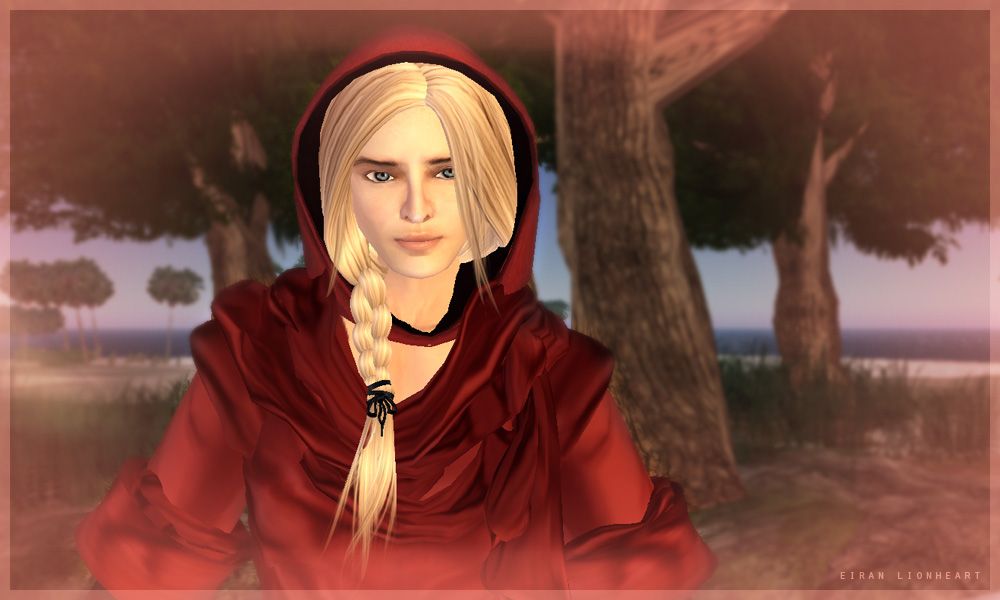

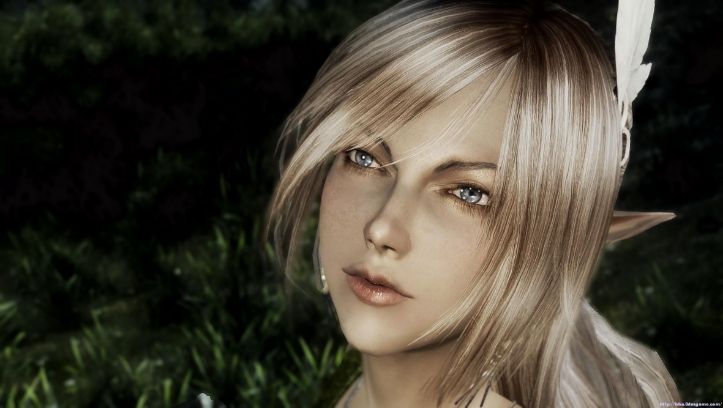




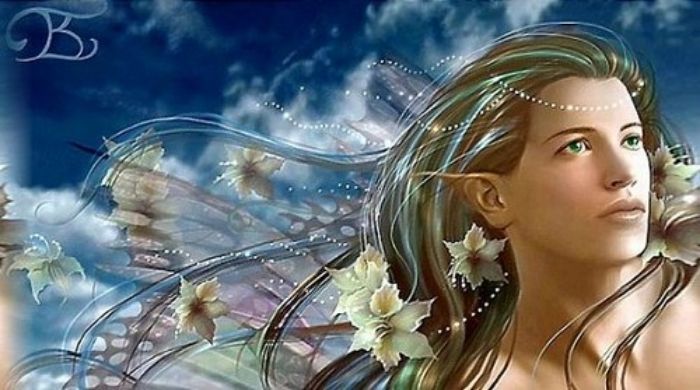

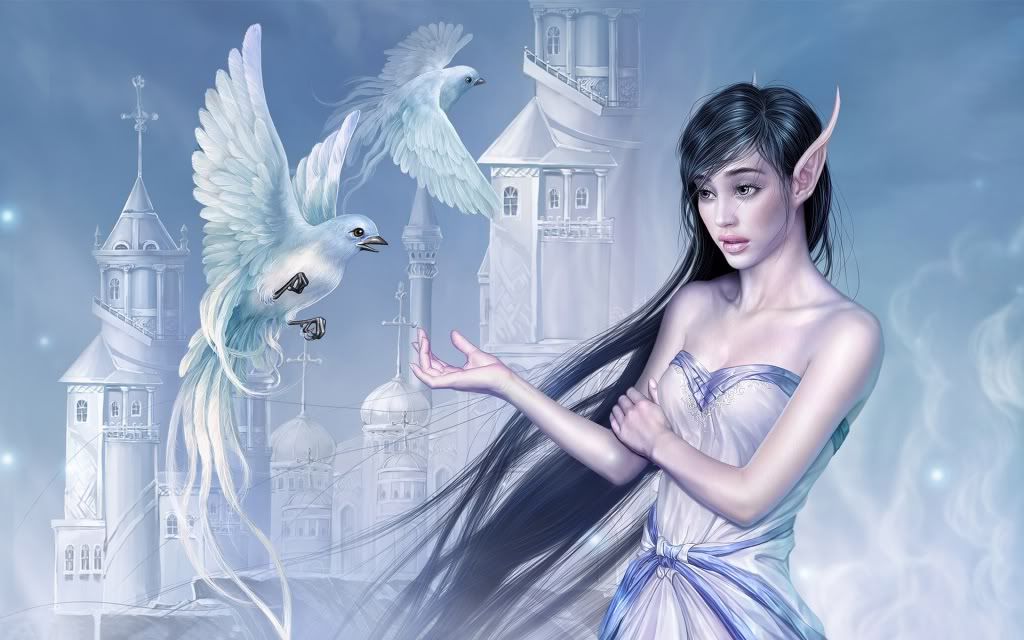

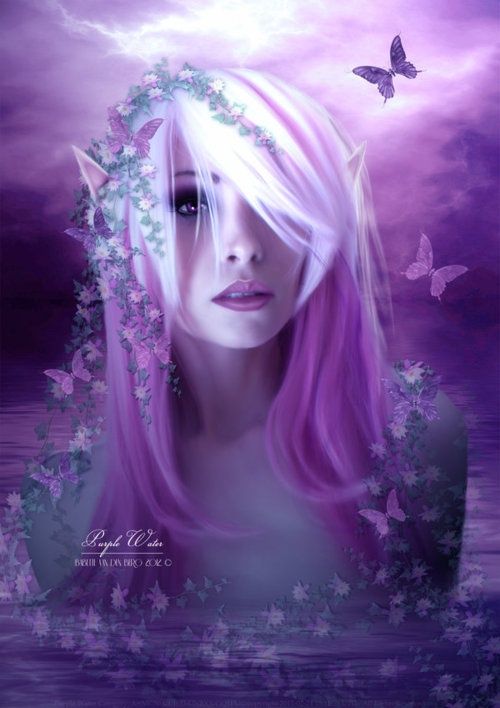
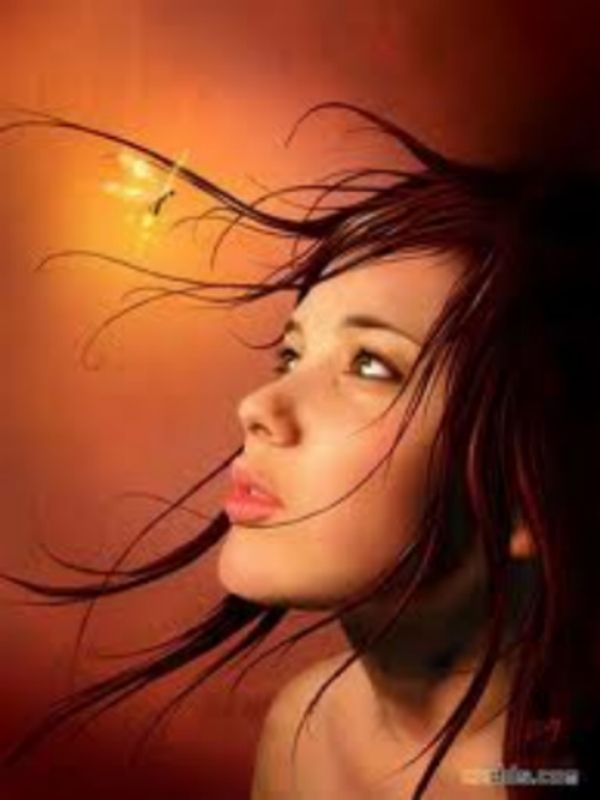
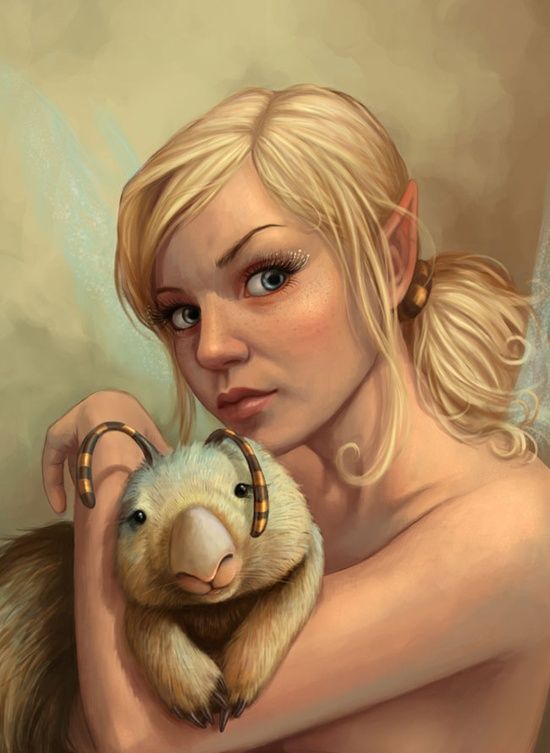
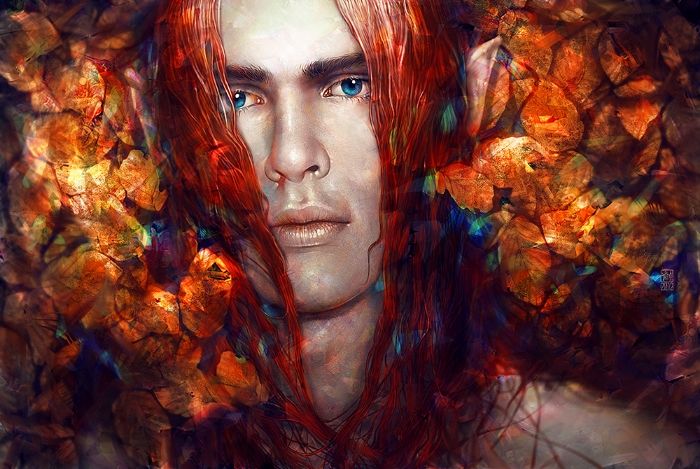
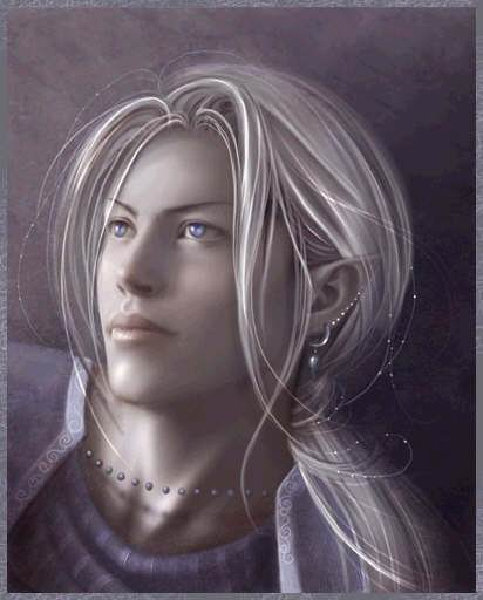

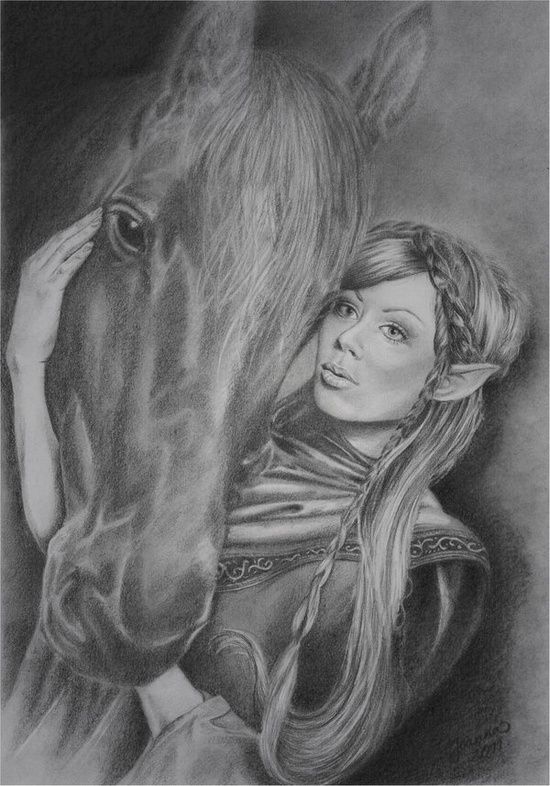

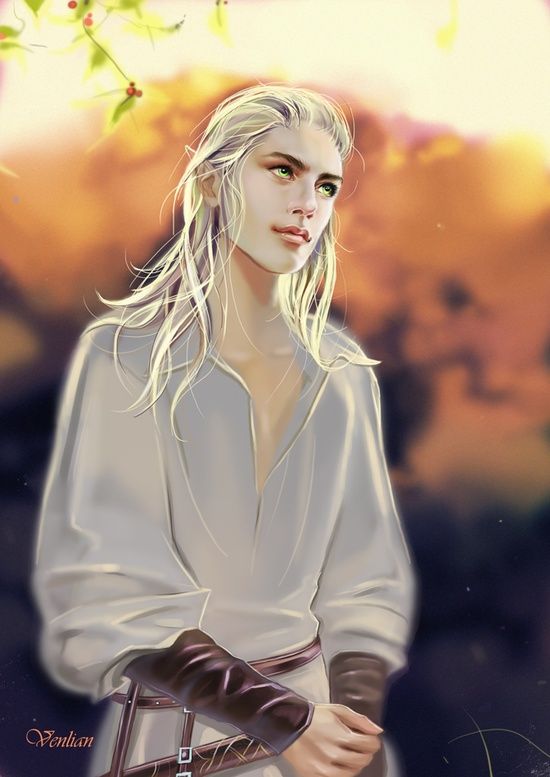

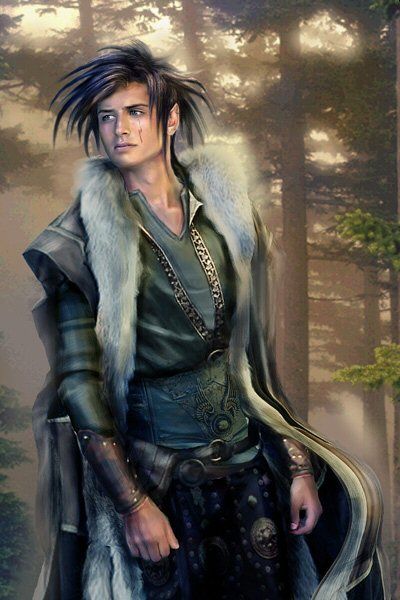
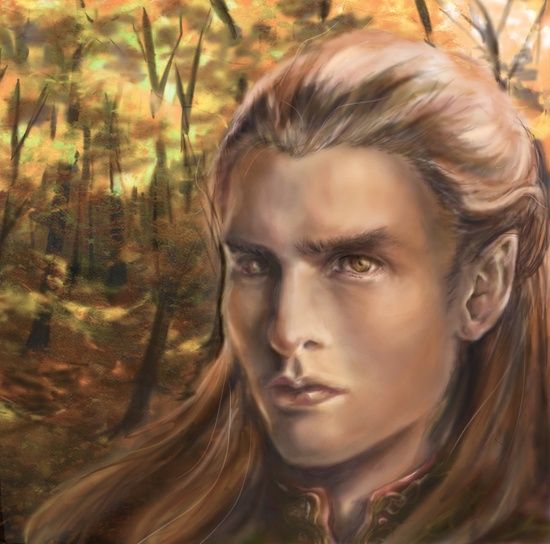

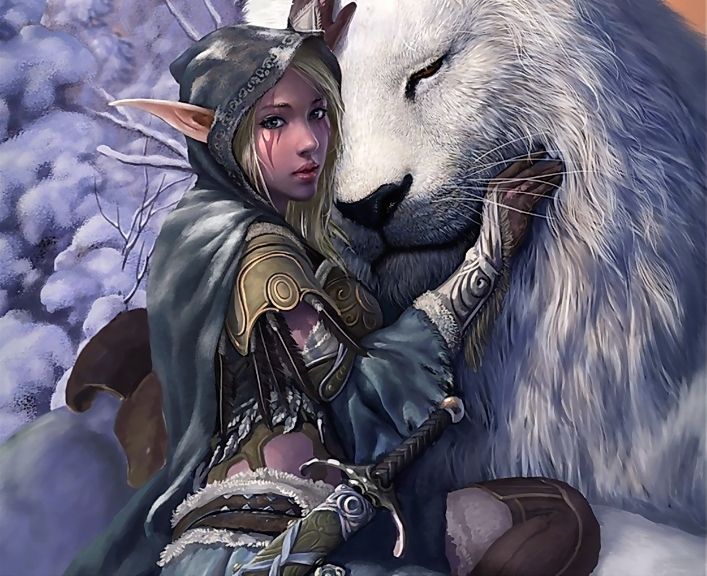
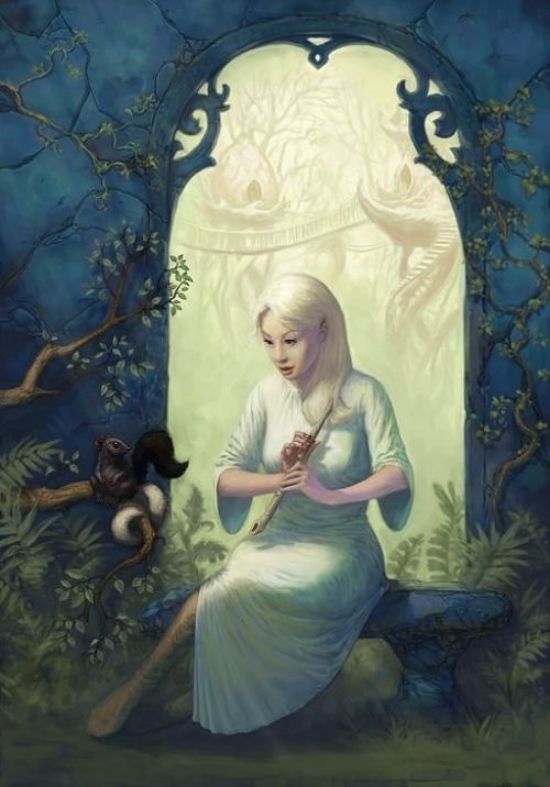
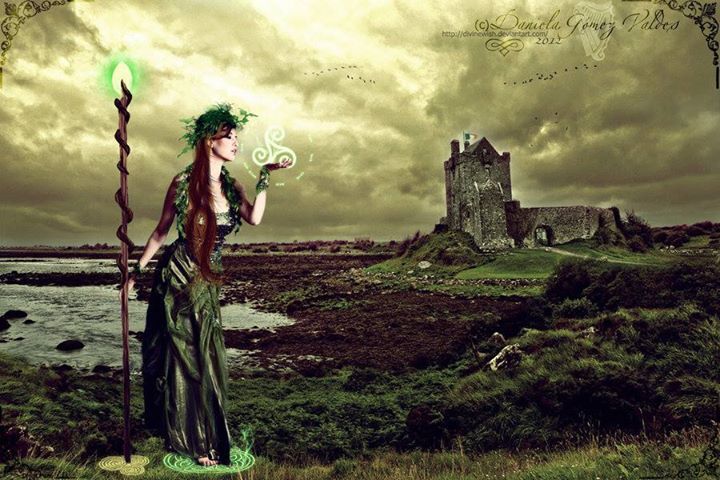

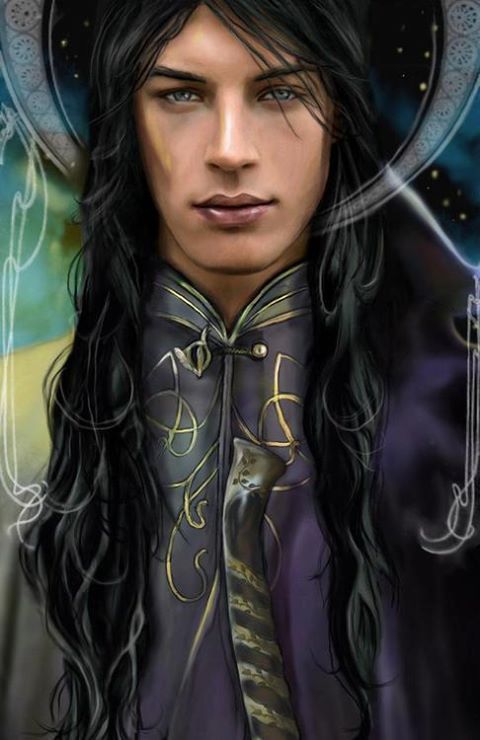

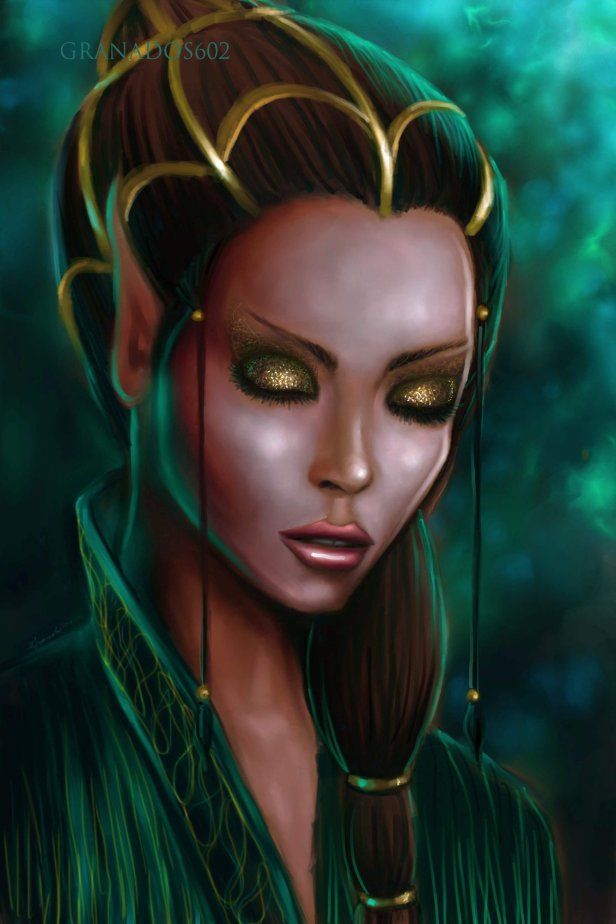


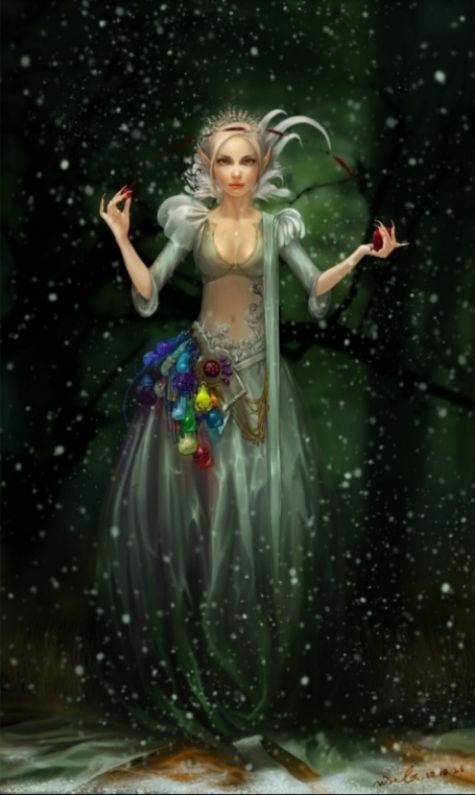
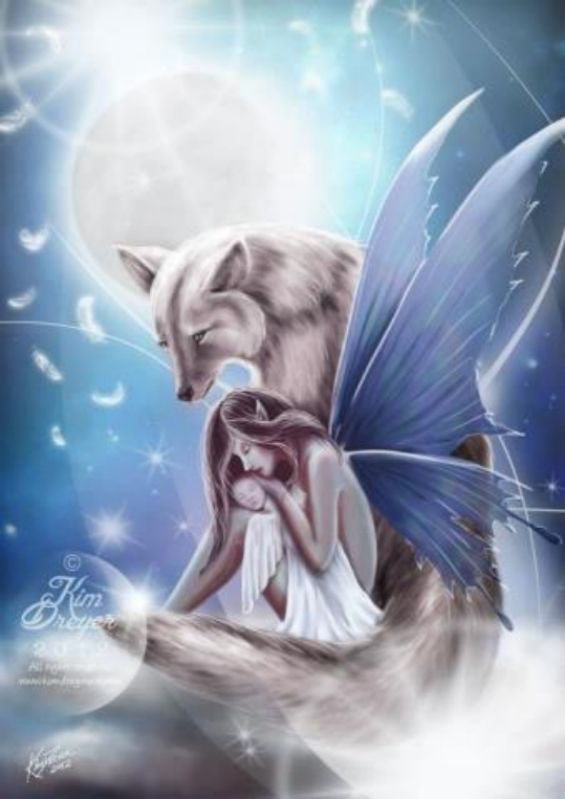

No comments:
Post a Comment